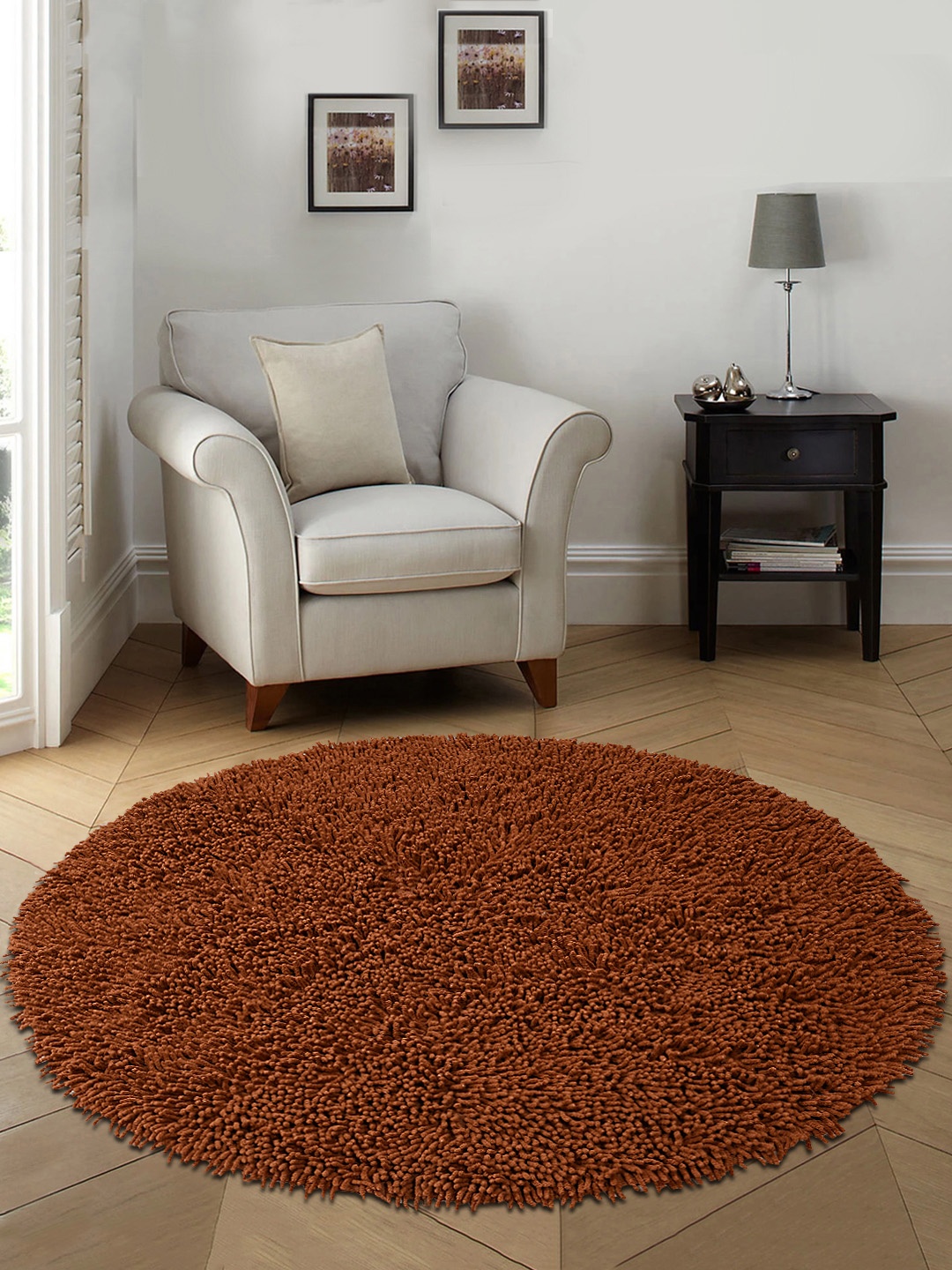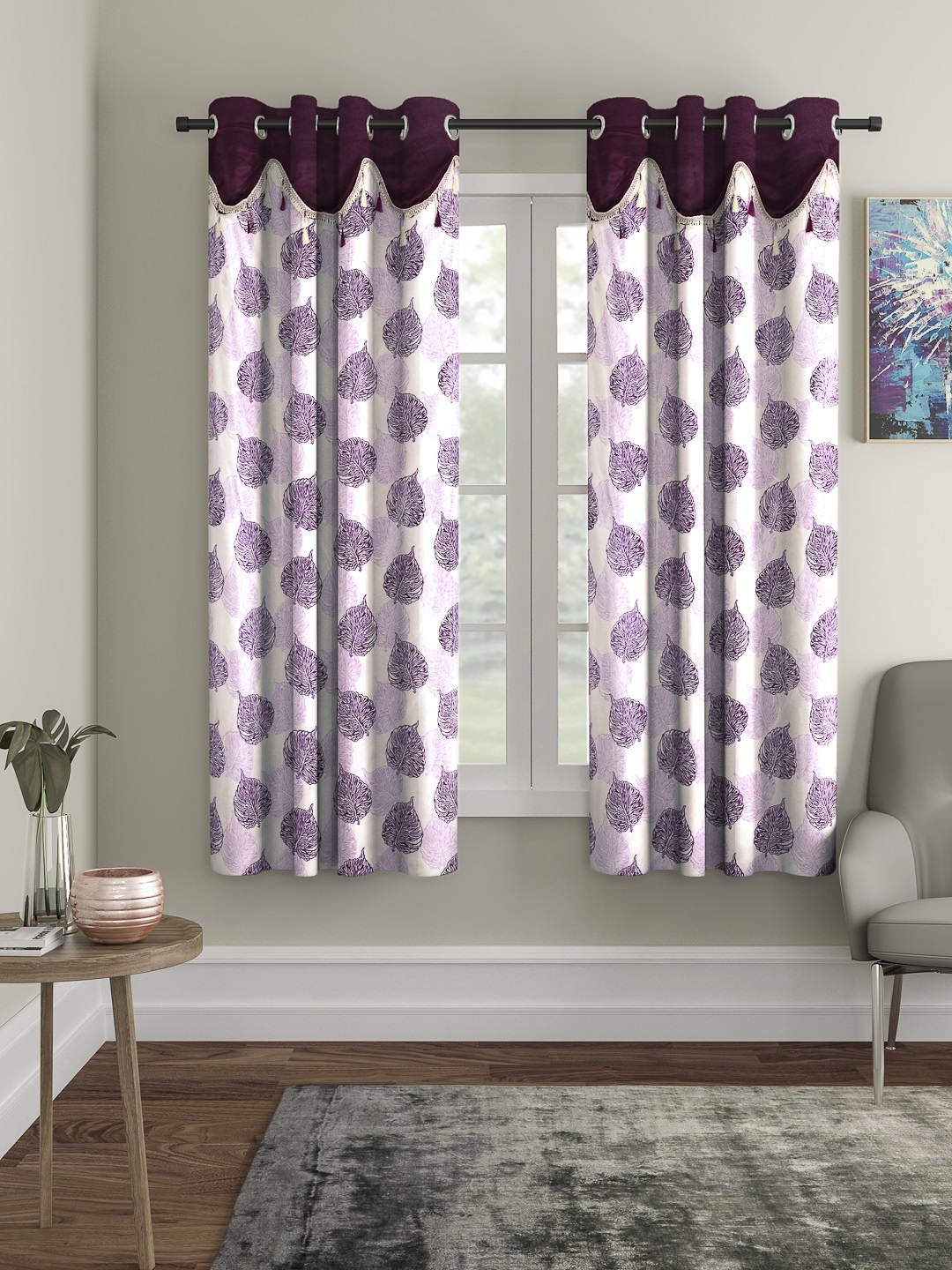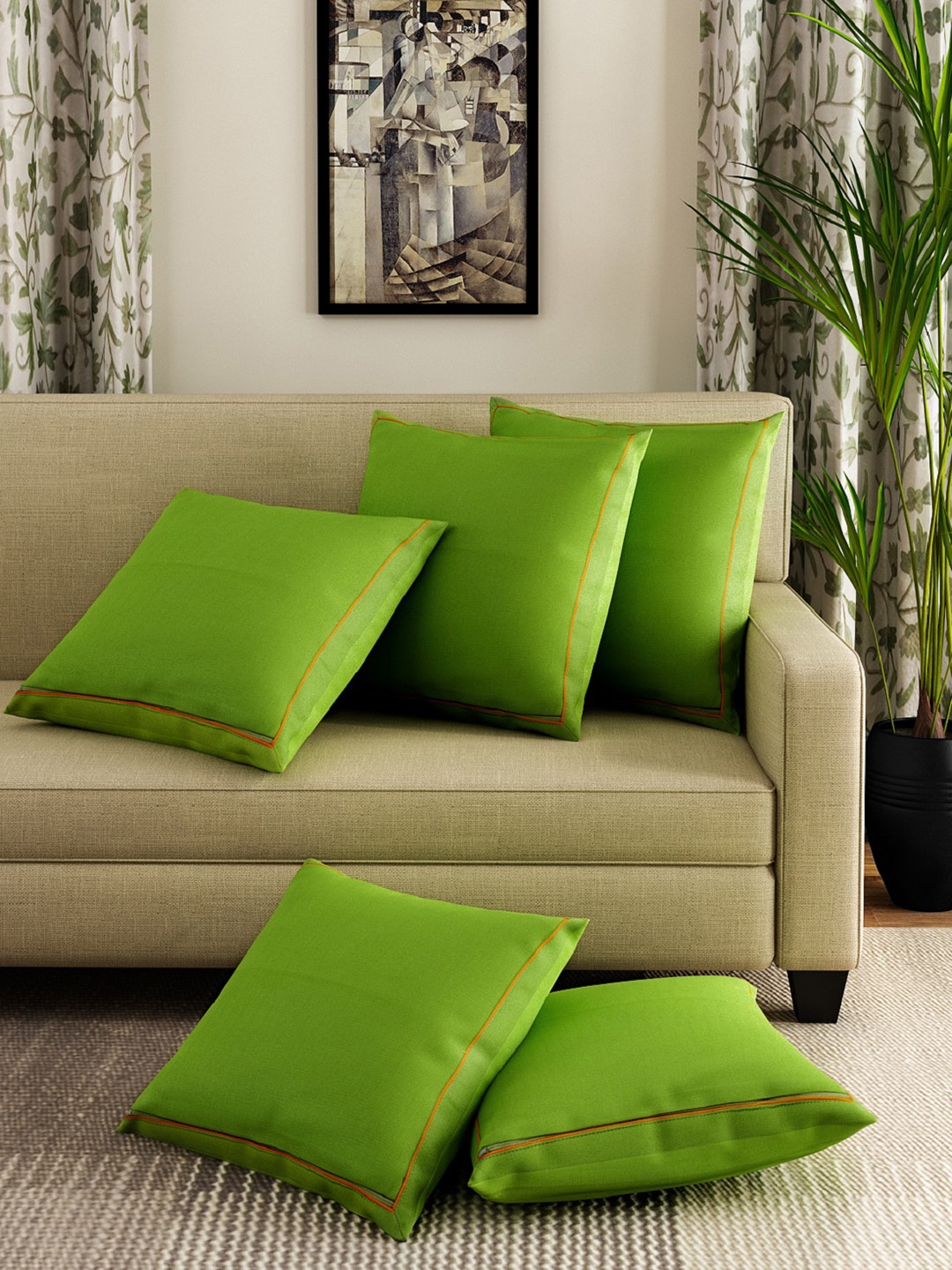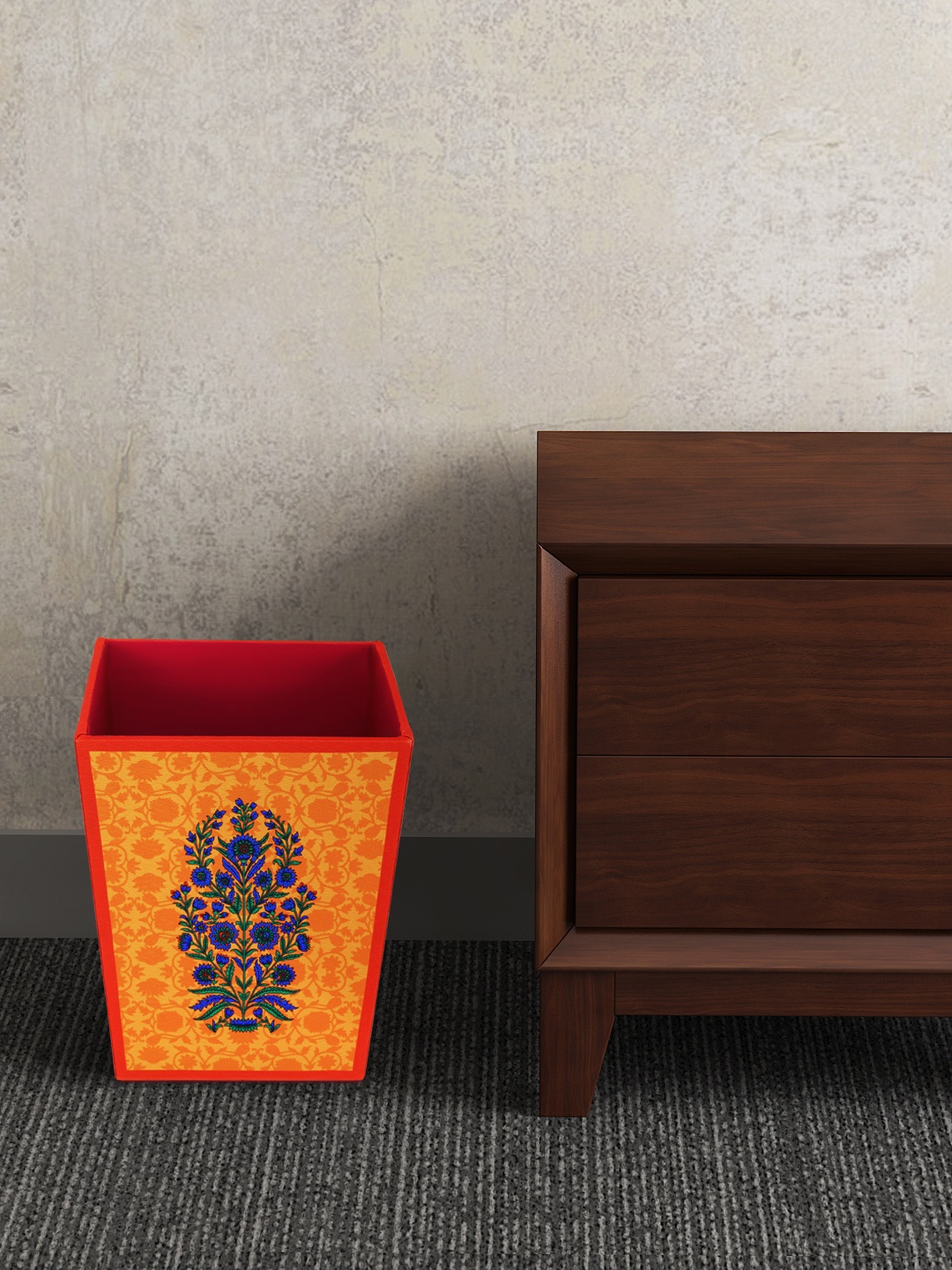How To Make Small Rooms Look Better: Try This Simple Lighting Trick Out
Small rooms can often feel cramped, but the secret to transforming them may be simple. With just one clever lighting trick, even the tiniest room can appear spacious, welcoming, and stylish, without breaking the bank. If you are wondering how to make small rooms look better, here are 10 simple yet powerful ways to use lighting.

Small Room Lighting Ideas: Simple Tricks To Make Any Space Look Bigger And Brighter.
Walk into any small flat or compact home, and the first thing people often notice is how quickly space seems to run out. The walls appear closer, shadows fall in awkward corners, and the overall vibe feels more cramped than cosy. The furniture may be lovely, the décor tasteful, yet something feels missing. Surprisingly, it isn't always about square feet; it's often about how light is used.
Think of light as the invisible paintbrush of a room. Just as a fresh coat of paint can brighten up a dull wall, the right lighting arrangement can lift the mood of an entire room. And the best part? It doesn't require an interior designer's budget. A few clever tweaks can change the game, making small rooms appear bigger, brighter, and far more inviting.
If you are wondering how to make small rooms look better, here are 10 simple yet powerful ways to use lighting. It is centred around one golden rule: light is not just about the visibility, it's about the atmosphere.

How To Make Small Rooms Look Better: Try This Simple Lighting Trick Out; Photo Credit: Pexels
1. Bounce Light Off the Ceiling
Instead of relying solely on a single bulb in the centre of the room, consider using wall-mounted lights or floor lamps that shine upwards. When light hits the ceiling, it bounces back into the room, creating an even spread of brightness. This technique makes the ceiling feel taller and the space less boxy.
Imagine standing in a modest bedroom with a low ceiling. A tube light on the wall may make the space feel flat, but an upward-facing lamp instantly adds depth. Think of it as giving the ceiling a gentle lift, without needing a contractor or ladders. Plus, this method prevents harsh shadows that often make small rooms feel smaller.
A simple uplighter lamp from a local store, costing around ₹1,500, can do wonders. Pair it with a warm LED bulb, and suddenly, the room doesn't feel like a shoebox anymore, it feels like a cosy retreat.
2. Layer Different Light Sources
One bulb never tells the full story of a room. Just as a film has background music, close-up shots, and wide angles, a room needs layers of light to create depth. Start with ambient lighting (general illumination), then add task lighting (for specific activities like reading), and finally accent lighting (to highlight a painting or a corner).
For instance, a living room with only a ceiling tube light feels lifeless. Add a table lamp on the sideboard, a warm bulb under the shelf, or a strip light behind the TV unit, and suddenly the room comes alive. Each corner gets its moment in the spotlight, and the space feels larger because the eye moves around the room.
Layered lighting isn't about extravagance, it's about storytelling. Even with a budget of ₹3,000–₹5,000, mixing a couple of smart LED bulbs with a floor lamp or fairy lights can weave a little magic.
3. Use Warm White Instead of Harsh White
There's a reason cafés feel cosy and hospitals feel clinical, it's all in the colour of the lights. Harsh white lighting makes small rooms feel cold, while warm white (around 2700K–3000K) creates a welcoming glow. It softens the edges of the room and makes everything look more flattering, including furniture and faces.
Picture walking into a compact living room lit by cool white bulbs. It feels bright, but not necessarily homely. Replace them with warm white LEDs, and suddenly the same space feels like the perfect place to curl up with a book. The shift is subtle yet powerful.
Warm light doesn't just improve aesthetics; it also helps with relaxation. After a long day battling traffic and deadlines, the last thing anyone needs is a bright, cold glare at home. Swapping bulbs costs as little as ₹150 each, but the effect? Priceless.
Also Read: Top 5 Motion Sensor Night Lights Under ₹500 for Bathrooms, Hallways And Closets
4. Add Mirrors to Double the Light
One trick decorators swear by is the clever placement of mirrors. When a mirror faces a window or a lamp, it reflects both light and space. The result? A room that feels almost twice its size.
Imagine a compact dining room where the single bulb feels underwhelming. Place a large mirror on the wall opposite the light, and suddenly, the glow doubles. The room appears brighter, the space larger, and mealtimes far more cheerful.
The key lies in placement. A mirror that catches natural daylight during the day and reflects warm light at night is like having a second window without any construction work. Good-quality framed mirrors can be found in local markets for under ₹2,000, making it one of the cheapest ways to expand a room visually.
5. Highlight Corners with Soft Lighting
Corners are often ignored, yet they're where shadows settle, making rooms feel boxed in. Placing a floor lamp, a small table lamp, or even a string of fairy lights in corners eliminates dark patches and spreads light evenly.
Think of a small bedroom where one corner looks gloomy despite the overhead bulb. A ₹500 string of fairy lights draped across that corner can instantly lift the vibe. It's not about brightness alone; it's about spreading light in a way that softens the room's edges.
When corners glow, the boundaries of the room blur. The eye doesn't stop at the shadows, it travels smoothly, creating an illusion of a bigger, airier space. Corners, when lit well, become design features instead of forgotten spaces.
6. Choose Sleek Fixtures Over Bulky Ones
In small rooms, every inch matters. Large chandeliers or oversized lampshades can overwhelm the space, making it look cluttered. Instead, opt for slim, minimalist fixtures that provide light without eating into the room's volume.
Take a compact study room, for example. A huge hanging lamp in the centre may look stylish in a catalogue but feels suffocating in reality. Replace it with a sleek pendant or recessed lighting, and suddenly the space feels modern and airy.
Even wall sconces with simple designs work beautifully. They add personality without demanding too much space. Prices vary, but a neat wall-mounted light fixture can cost as little as ₹800, proving that style doesn't always mean splurging.

How To Make Small Rooms Look Better: Try This Simple Lighting Trick Out; Photo Credit: Pexels
7. Make Use of Natural Light First
Before spending on artificial lighting, it's worth asking: is natural light being maximised? Heavy curtains, dark blinds, or furniture blocking windows can choke sunlight. Replacing them with sheer curtains or shifting furniture a little can completely transform how daylight fills the room.
A small living room with just one window can still feel bright if sunlight is allowed to flood in. Once daylight works its magic, artificial lighting only needs to complement, not compete. This saves electricity too, making it a win-win.
Even small tweaks, like cleaning windows regularly or painting window frames white, help bounce daylight deeper into the room. In a country blessed with abundant sunshine most of the year, using natural light wisely is both practical and cost-effective.
8. Use Accent Lighting for Artwork or Shelves
Small rooms often struggle to stand out because every corner is fighting for attention. Accent lighting solves this problem by gently highlighting specific areas, creating visual interest.
For instance, a simple spotlight over a painting or an LED strip under a floating shelf instantly draws the eye. This makes the room feel curated rather than cramped. The focus shifts from the size of the room to its character.
Accent lights are inexpensive yet impactful. A strip light under a bookshelf may cost around ₹700, but it adds a designer feel without the designer price tag. When done right, these lights create pockets of charm that distract from limited space.
9. Embrace Dimmable Lighting
Mood is everything in a home. Bright lights may be great for working, but softer glows feel better for relaxing evenings. Dimmable bulbs or smart lighting systems allow this flexibility.
Picture coming home after a busy day. The overhead light is too harsh, but instead of fumbling with lamps, a simple dimmer lets the room transform from “office bright” to “candlelight cosy” in seconds. It's like giving one bulb multiple personalities.
While smart dimmers can cost upwards of ₹1,500, the investment is worth it. They save energy, extend bulb life, and create the kind of ambience that makes even the smallest room feel luxurious.
10. Play with Hidden Lighting
Sometimes the most magical effects come from lights you can't directly see. Cove lighting along the ceiling, strip lights under the bed frame, or LEDs tucked behind furniture create a subtle glow that feels futuristic and elegant.
Think of it as whispering light instead of shouting it. In a tiny bedroom, hidden lighting under the bed makes the whole frame appear to float. In a living room, a strip tucked behind the TV adds depth and reduces glare.
This trick adds a touch of sophistication without needing major renovation. LED strips cost around ₹400–₹600 per metre and can be installed without professional help. The effect, however, feels straight out of a glossy magazine spread.
Products Related To This Article
1. SaleOn LED Rechargeable Desk Lamp with Clock
2. One94Store Plastic 40cm Motion Sensor Under Cabinet LED
3. VazzLox Motion Sensor Light for Home (Pack of 2) with USB Charging Wireless Self Adhesive LED Body
4. XERGY Outdoor String Lights 25 Feet G40 Globe Lights with 25 Edison Break Proof Bulbs
5. PANCA 22W LED Ceiling Light with Remote Control
Making a small room look better doesn't require knocking down walls or spending lakhs on renovations. Sometimes, all it takes is rethinking light. By bouncing light off ceilings, layering sources, using warm tones, and playing with hidden effects, even the tiniest spaces can feel bigger, brighter, and infinitely more welcoming.
In the end, light isn't just about helping us see; it's about shaping how we feel. A small room can be transformed into a space of warmth, style, and comfort with just a few clever tweaks. And the best part? These lighting tricks don't demand hefty budgets or complicated installations. With the right glow, every small room can shine with a big personality. Shop now on Amazon.
Disclaimer: The images used in this article are for illustration purpose only. They may not be an exact representation of the products, categories and brands listed in this article.











![Steam Iron Teflon Shoe Cover for ES-300,ST-96 [Only For ES-300 and ST-96 Model Electric Steam Irons]](https://m.media-amazon.com/images/I/51wwkttondL._SL160_.jpg)













